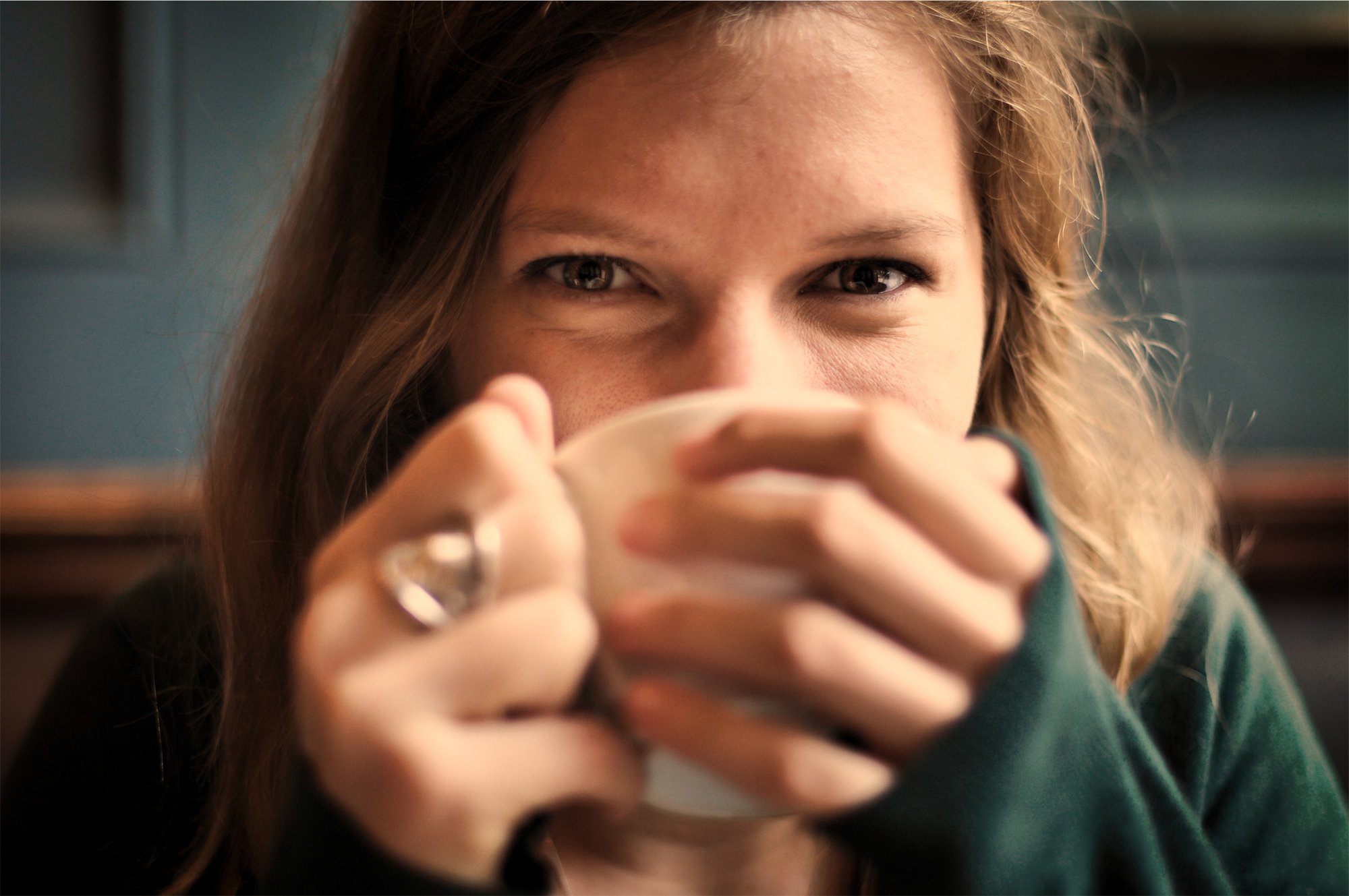
Eczema is a common itchy, inflamed skin condition that affects 11 percent of all children and 5 percent of adults in the U.S.
If you have eczema, it’s likely that someone else in your family does too. It’s seen most often in people with allergic conditions. In fact, about 70 percent of people with ongoing eczema have a history of allergies such asthma, seasonal allergies or hay fever or other allergies. Eczema starts early in life; 85 percent of people with eczema had it start before the age of 5 and 60 percent have it as infants before the age of one. While there is no cure for eczema, with proper skin care and topical ointments if needed, it can be managed well.
What is eczema?
The word eczema dates back to AD 543 and is derived for the Greek word ekzein meaning “to boil forth” or to “effervesce.” Eczema can occur in several different patterns covering the ears, eyelids, breasts, neck, arms, legs and hands.
What causes eczema?
Eczema is caused by a combination of factors involving a genetic susceptibility, allergies and environmental exposure that can get worse if the skin is too dry or exposed to extremes of temperature. Recent studies have shown that exposure to dust, a variety of foods and animals in the first year of life is protective, and gives children a much lower chance of developing allergies and eczema.
Your skin serves two major functions: it’s an exterior barrier protecting us from microbes (bacteria, viruses, fungi, parasites), irritants and allergens and it’s an internal barrier preventing fluid loss from our internal organs, tissues and blood. People with eczema have a protein deficiency in their outer skin layers, so their skin quite literally starts to leak. Because of the dysfunctional skin protein, the skin gets inflamed and internal fluids seep out, leading to a variety of skin irritations. You might get small itchy blisters, cracked open red areas often with yellow serous crusting or oozing or patches of raised, red skin with dry or wet yellow scabs leading eventually to skin thickening and peeling.
What are the symptoms of eczema?
Eczema shows up in different places and forms depending on your age. In children from infancy to age 2, eczema typically shows up as itchy, red, peeling and crusted red areas on the backs of their arms, hands, the front of the legs, and on the cheeks or scalp. There can be blisters and oozing yellow or crusted yellow areas. It usually spares the diaper area.
From ages 2 to 16, eczema usually involves less oozing and more thickened, itchy red areas on the neck, front surfaces of arms and back of the legs. The most typical eczema outbreaks happen in the elbow creases and behind the knees, the front of the wrists and the ankles.
In adults, eczema it is usually localized in itchy patches, thick and peeling on elbow and knee creases, on the face with itching and redness of the eyelids, small blisters or bumps with redness along the sides of fingers and the backs of the hands or on the feet. In its most severe form, there may be oozing, yellow crusting, cracks and bleeding from severely inflamed open skin areas.
Eczema tends to flare at times such as winter when the air is drier and colder or during your local allergy season, as well as in times of stress.
How is eczema diagnosed?
The diagnosis of eczema is made by the history of allergies, asthma and childhood skin problems along with periods of itchy irritated skin in the patterns described above. Your health care provider will examine the skin at an office appointment looking for the changes described above and may ask to see your arms, legs and torso even if you’re only complaining of a rash on your face, neck, hands or feet. There are no laboratory tests that confirm or exclude eczema, so blood work is not usually necessary nor helpful. Rarely, a skin biopsy might be done in patients with unclear rash patterns to rule out other diagnoses.
What is the treatment for eczema?
Treating eczema involves a combination of daily proper skin care techniques and self care, including bathing with warm water instead of hot water, swapping soaps and body washes for non-soap based skin cleansers, and using those sparingly on the armpits, groin and obviously soiled areas but not over the entire skin surface. Plus, applying hydrating unscented skin moisturizers one to three times a day helps control eczema. If these strategies don’t work, your provider usually will prescribe a topical medication.
Taking a daytime antihistamine such as Cetirizine (Zyrtec), Loratadine (Claritin), Fexofenadine (Allegra), or Diphenhydramine (Benadryl) at night can help reduce the itching and scratching of the eczema outbreak and give your skin a chance to heal.
In Your Guide to Managing Eczema, learn about the top healthy habits to keep your skin smooth and reduce the chances of an eczema outbreak.
The One Medical blog is published by One Medical, a national, modern primary care practice pairing 24/7 virtual care services with inviting and convenient in-person care at over 100 locations across the U.S. One Medical is on a mission to transform health care for all through a human-centered, technology-powered approach to caring for people at every stage of life.
Any general advice posted on our blog, website, or app is for informational purposes only and is not intended to replace or substitute for any medical or other advice. 1Life Healthcare, Inc. and the One Medical entities make no representations or warranties and expressly disclaim any and all liability concerning any treatment, action by, or effect on any person following the general information offered or provided within or through the blog, website, or app. If you have specific concerns or a situation arises in which you require medical advice, you should consult with an appropriately trained and qualified medical services provider.
